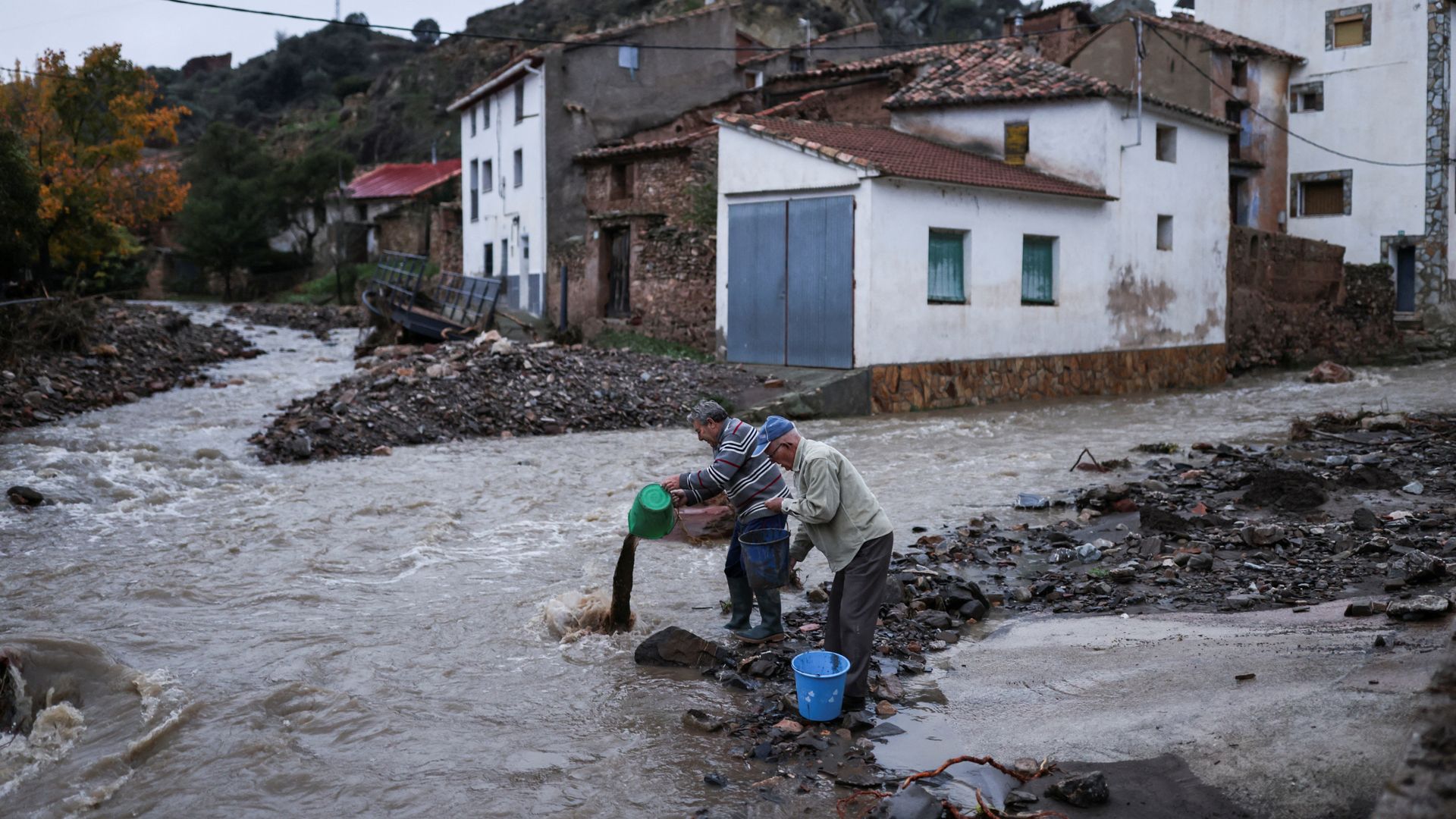
If you or someone you know is experiencing domestic violence and would like to talk with an advocate, call 866-834-4357, TRS 800-787-3224. This free, confidential service is available 24/7 and is accessible from anywhere in Maine.
To reach a suicide prevention hotline, call the new 988 three-digit hotline or visit suicidepreventionlifeline.org. Suicide prevention services can also be reached at 888-568-1112 or 800-273-TALK (8255).
Kimberly Simmons is a part-time associate professor at the University of Southern Maine. This column reflects her views and expertise and does not speak on behalf of the university. She is a member of the Maine chapter of the national Scholars Strategy Network, which brings together scholars across the country to address public challenges and their policy implications. Members’ columns appear in the BDN every other week.
The violence of October 2023 haunts me. From wars taking place across the globe to the mass shooting in my hometown of Lewiston, to Raymond Lester’s murder trial, male violence is occurring at an unendurable pace and scale.
October was also Domestic Violence Awareness Month, a reminder that for many “shelter in place” does not bring more safety. (The housing crisis also left many in unsafe situations.) Typically, intimate partner violence accounts for almost half of Maine’s homicides and is the leading cause of death of pregnant and postpartum people in the U.S. — and more than half of those deaths involve guns. Women in the United States are 21 times more likely to be murdered by a firearm than women in other wealthy countries, according to a recent article published in The Journal of Law, Medicine & Ethics.. Although all of us may be hurt by intimate partners, the risk of injury or death is highest for women, with “historically marginalized women are at greatest risk: 56.6% of multiracial women, 45.1% of Black women, 47.5% of Native women, and 54% of disabled women experience [intimate partner violence] in their lifetimes,” according to the article.
Non-lethal gun violence shapes the lives of families across our state and country. Researchers in 2016 found “nearly 1 million women in the U.S. have been shot and 4.5 million have had an intimate partner threaten them with a gun.” Maine Coalition to End Domestic Violence advocates describe terrorizing effects. Maine has one of the highest rates of gun ownership in the country, and sales only increased after the Lewiston shootings.
Maine children live with violence at an alarming rate. The annual Maine Children’s Alliance KidsCount report finds that Maine’s child maltreatment rate is the worst in the entire country. According to the Maine Youth Integrated Health Survey: 5 percent of Maine high school students — and up to 15 percent of LGBTQ+ students — reported being threatened with a weapon in 2021. Further, 22 percent of high school girls and 36 percent of transgender high school students have been sexually assaulted in their lifetime. Thirty-four percent of high school students said it would be easy for them to get a gun if they wanted one. And 12 percent of male high school students, 25 percent of female students and 53 percent of trans students seriously considered suicide in the previous year. Suicide is the second leading cause of death for Maine youth, and guns are often involved. Immigrant and refugee youth, many without adult caregivers, have often endured extreme violence and continue to be at increased risk in their new communities.
These trends demand our collective attention. While we grieve, we must also give serious consideration to our shared hope and demand of “never again.” Violence prevention is complex work. Changing the culture that often encourages and rewards boys and men for violence perpetrated against themselves and others takes significant time and multiple pathways. Changing our laws and policies to better respond to the specific forms of violence we experience requires legislative and agency cooperation. Schools need more time and funding to engage violence prevention programs, and community organizations similarly need funding to engage youth after school.
We urgently need to expand access to mental health and crisis support. We need to strengthen our underlying economic and social supports to prevent economic abuse and the increased vulnerability people face when unhoused.
This level of commitment to changing our society sometimes feels daunting, especially as we navigate our personal responses to the individual and collective traumas we’re enduring — exhaustion, sadness, anger and despair are emotions often associated with grief. However, change can and does happen! Initiatives like Tree Street Youth’s “Love Lewiston” project help us share our skills as peer responders and caregivers. Programs such as the Yellow Tulip Project, Hardy Girls Healthy Women and Maine Boys to Men amplify youth-led solutions.
We can integrate trauma-informed practices into workplaces and public life. We can learn from other communities, such as Omaha 360, a coalition successfully reducing gun violence through information and resource sharing. The Global Peace Index helps us understand the conditions that spark more and less violence in cultures across the planet, and imagine strategies for less violence that we might embrace locally.
As we grieve together, we can enact more peace. As we memorialize, we can strengthen our communities’ ties. As we heal, we can commit to futures without violence and create daily practices and public policies to support this promise.








